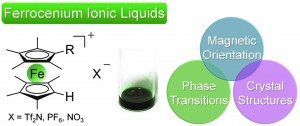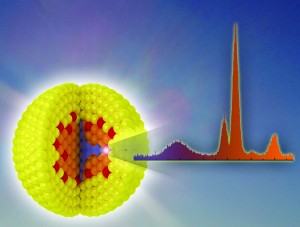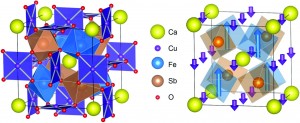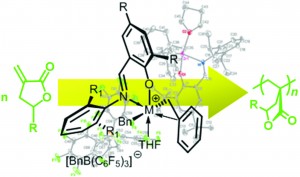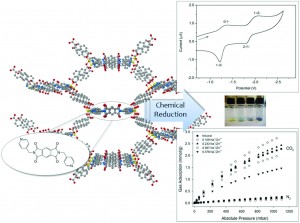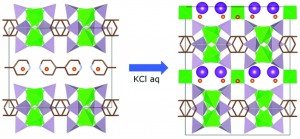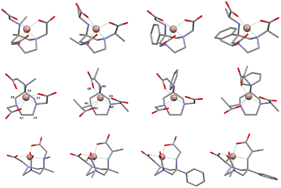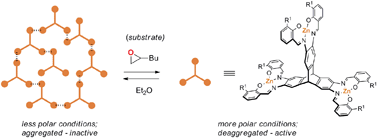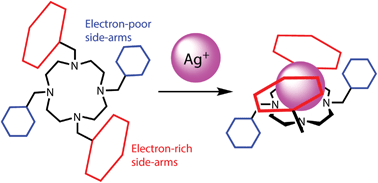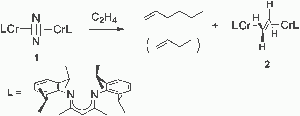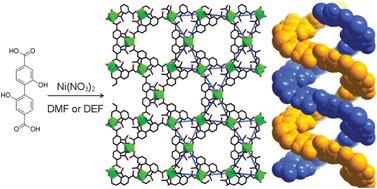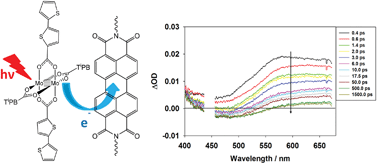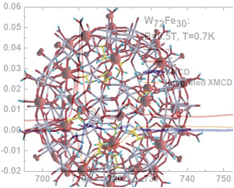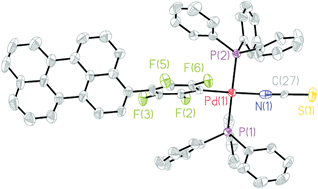Acid–base and electrochemical properties of manganese meso(ortho– and meta-N-ethylpyridyl)porphyrins: voltammetric and chronocoulometric study of protolytic and redox equilibria
Tin Weitner, Ivan Kos, Zoran Mandić, Ines Batinić-Haberle and Mladen Biruš
Dalton Trans., 2013, Advance Article
DOI: 10.1039/C3DT50767J, Paper
Water detection by “turn on” fluorescence of the quinone-containing complexes [Ru(phen)2(1,10-phenanthroline-5,6-dione)2+] and [Ru(phenanthroline-5,6-dione)3]2+
Steven A. Poteet and Frederick M. MacDonnell
Dalton Trans., 2013, Advance Article
DOI: 10.1039/C3DT51664D, Communication
Reversible insertion of carbon dioxide into Pt(II)–hydroxo bonds
Tracy L. Lohr, Warren E. Piers and Masood Parvez
Dalton Trans., 2013, Advance Article
DOI: 10.1039/C3DT51701B, Paper
Discrimination of cis–trans isomers by dinuclear metal cryptates at physiological pH: selectivity for fumarate vs. maleate
Gao-Yi Xie, Long Jiang and Tong-Bu Lu
Dalton Trans., 2013, Advance Article
DOI: 10.1039/C3DT51501J, Paper
Ring contraction of six-membered metallabenzynes to five-membered metal–carbene complexes: a comparison with organic analogues
Chakkittakandiyil Anusha, Susmita De and Pattiyil Parameswaran
Dalton Trans., 2013, Advance Article
DOI: 10.1039/C3DT51428E, Paper
Ba6Sn6Se13: a new mixed valence selenostannate with NLO property
Kai Feng, Xingxing Jiang, Lei Kang, Wenlong Yin, Wenyu Hao, Zheshuai Lin, Jiyong Yao, Yicheng Wu and Chuangtian Chen
Dalton Trans., 2013, Advance Article
DOI: 10.1039/C3DT51317C, Paper
One-pot reaction for the large-scale synthesis of hyperbranched polyglycerol-grafted Fe3O4 nanoparticles
Liang Wang, Dan Su, Lintao Zeng, Ning Liu, Lai Jiang, Xuequan Feng, K. G. Neoh and E. T. Kang
Dalton Trans., 2013, Advance Article
DOI: 10.1039/C3DT51532J, Paper
Group 4 metallocene catalysed full dehydrogenation of hydrazine borane
Johannes Thomas, Marcus Klahn, Anke Spannenberg and Torsten Beweries
Dalton Trans., 2013, Advance Article
DOI: 10.1039/C3DT51370J, Communication
CdS quantum dots sensitized solar cells based on free-standing and through-hole TiO2 nanotube arrays
Xuelai Wang, Jun Zheng, Xiaotao Sui, Hao Xie, Baoshun Liu and Xiujian Zhao
Dalton Trans., 2013, Advance Article
DOI: 10.1039/C3DT51266E, Paper
Ferrocene-based compartmental ligand for the assembly of neutral ZnII/LnIII heterometallic complexes
Vadapalli Chandrasekhar, Amit Chakraborty and E. Carolina Sañudo
Dalton Trans., 2013, Advance Article
DOI: 10.1039/C3DT51432C, Paper
Formation and structural characterization of a five-membered zirconacycloallenoid
Georg Bender, Gerald Kehr, Constantin G. Daniliuc, Birgit Wibbeling and Gerhard Erker
Dalton Trans., 2013, Advance Article
DOI: 10.1039/C3DT51497H, Communication
Racemic metal phosphonates based on 2-phenyl-2-(phosphonomethylamino)acetate
Hui Zhu, Jian Huang, Song-Song Bao, Min Ren and Li-Min Zheng
Dalton Trans., 2013, Advance Article
DOI: 10.1039/C3DT51742J, Paper


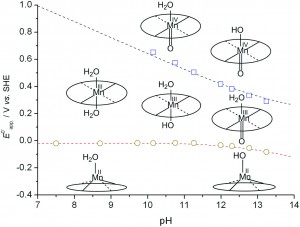
![Water detection by “turn on” fluorescence of the quinone-containing complexes [Ru(phen)2(1,10-phenanthroline-5,6-dione)2+] and [Ru(phenanthroline-5,6-dione)3]2+ Water detection by “turn on” fluorescence of the quinone-containing complexes [Ru(phen)2(1,10-phenanthroline-5,6-dione)2+] and [Ru(phenanthroline-5,6-dione)3]2+](https://blogs.rsc.org/dt/files/2013/08/c3dt51664d-ga-300x250.jpg)
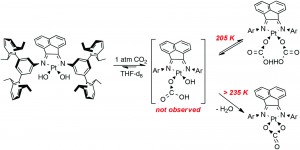
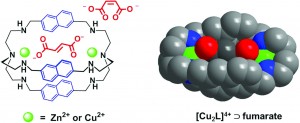
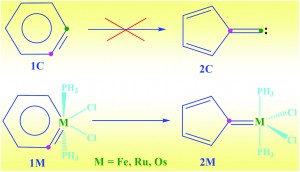
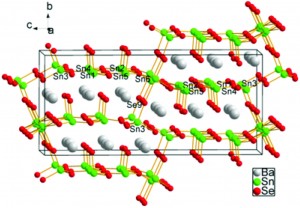
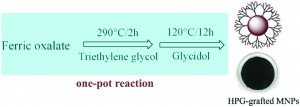
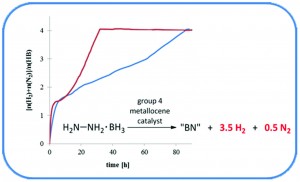
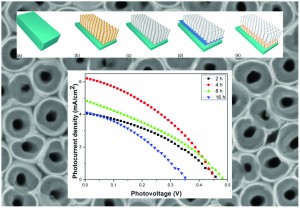
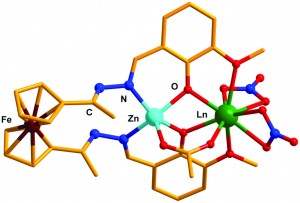
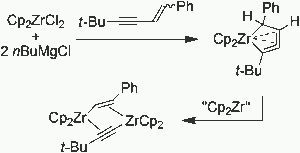










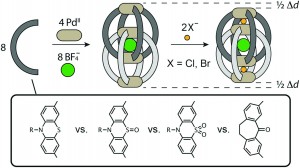
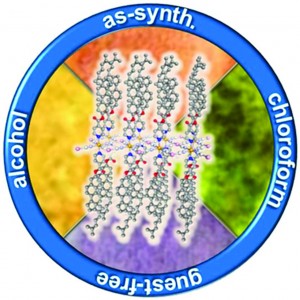
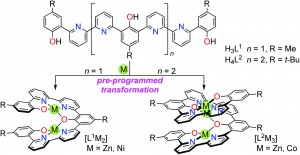
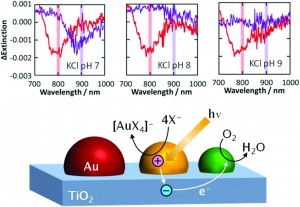
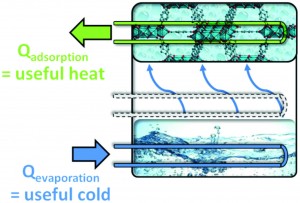
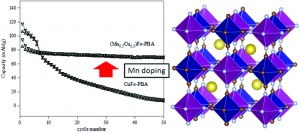
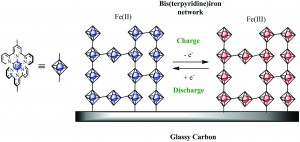
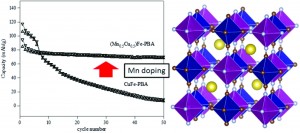
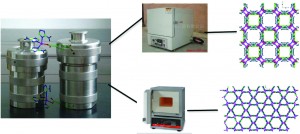
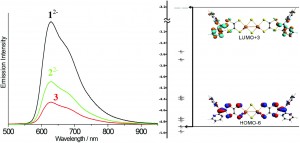
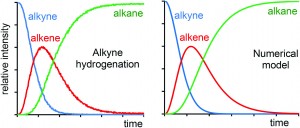
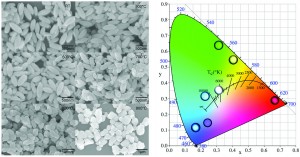
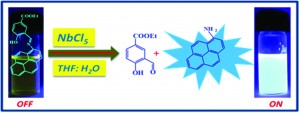
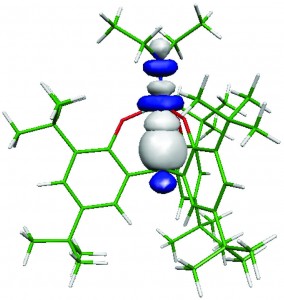
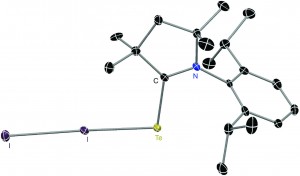
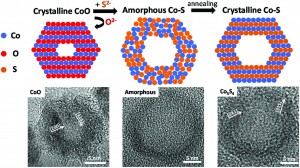

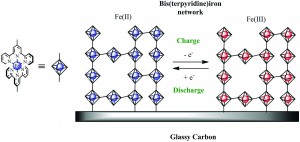
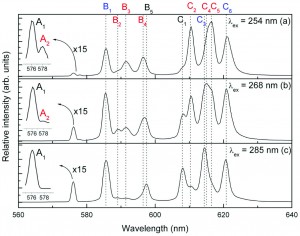
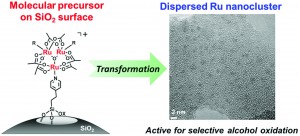
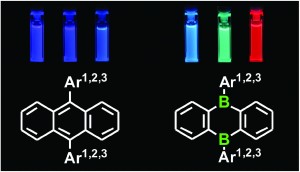
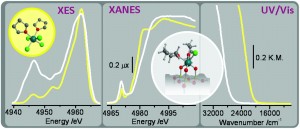
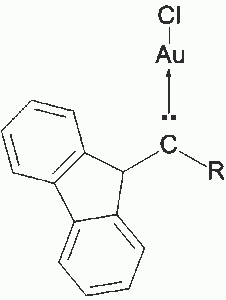
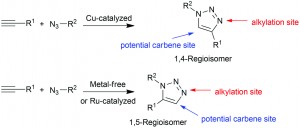
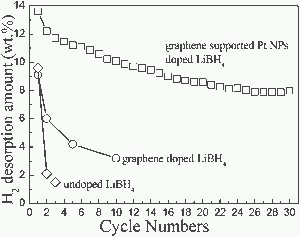
![Synthesis, structures and magnetic properties of a family of nitrate-bridged octanuclear [Na2Ln6] (Ln= Dy, Tb, Gd, Sm) complexes Synthesis, structures and magnetic properties of a family of nitrate-bridged octanuclear [Na2Ln6] (Ln= Dy, Tb, Gd, Sm) complexes](https://blogs.rsc.org/dt/files/2013/05/c3dt50417d-ga1-285x300.jpg)
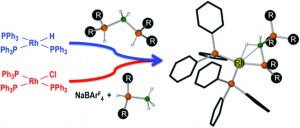

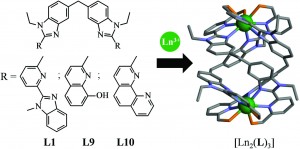
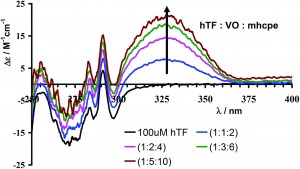
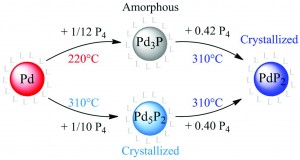
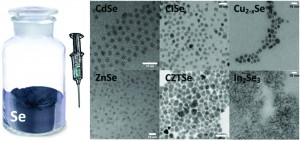
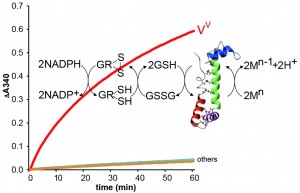
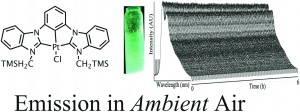
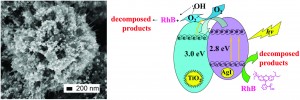
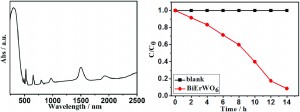
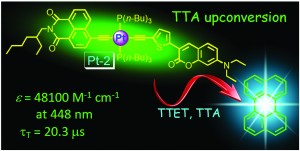
![Structural trends in ten-vertex endohedral clusters, M@E10 and the synthesis of a new member of the family, [Fe@Sn10]3− Structural trends in ten-vertex endohedral clusters, M@E10 and the synthesis of a new member of the family, [Fe@Sn10]3−](https://blogs.rsc.org/dt/files/2013/04/c3dt50643f-ga-289x300.jpg)

